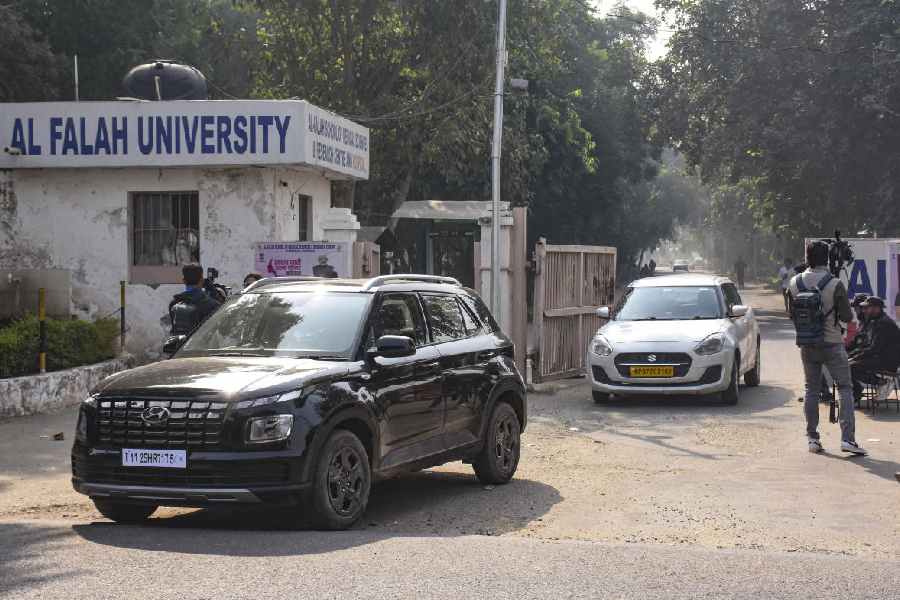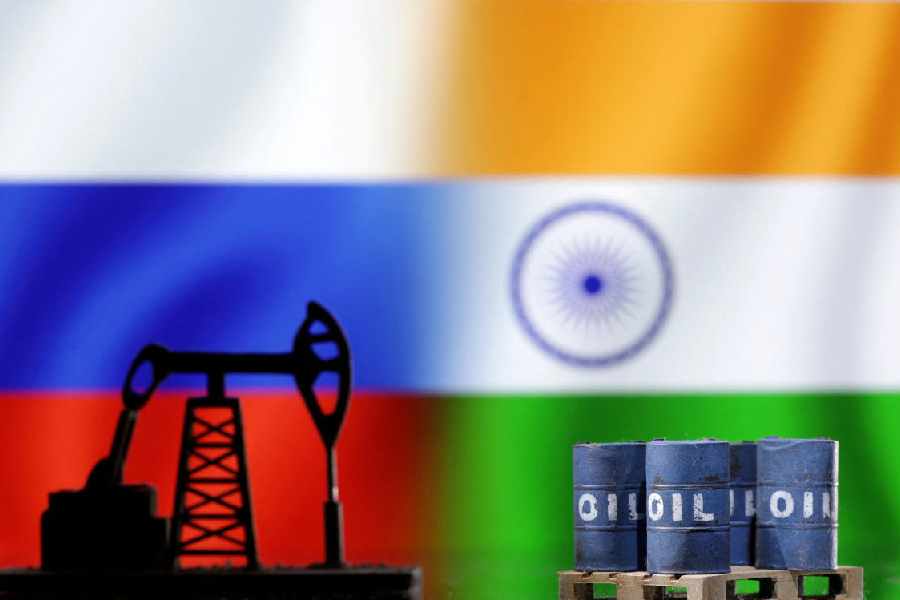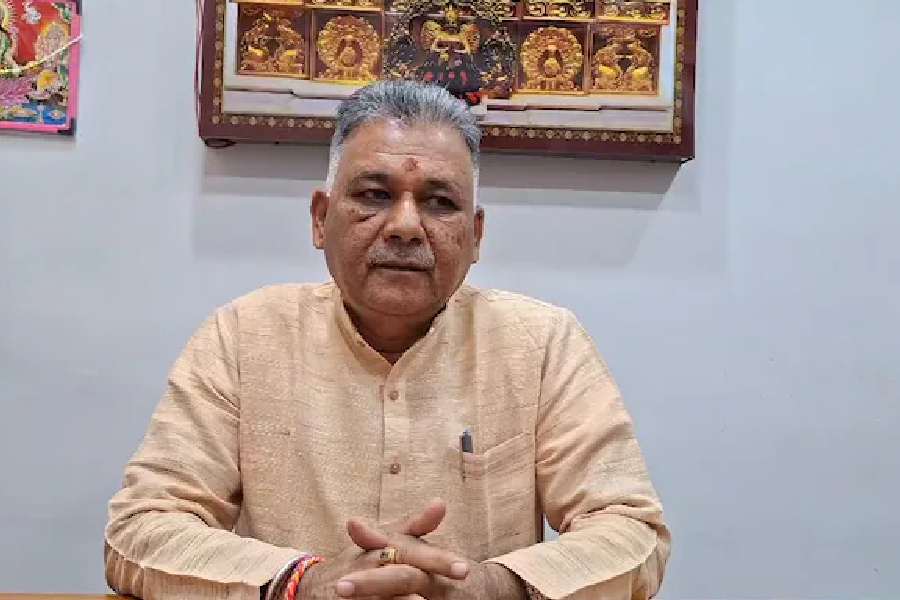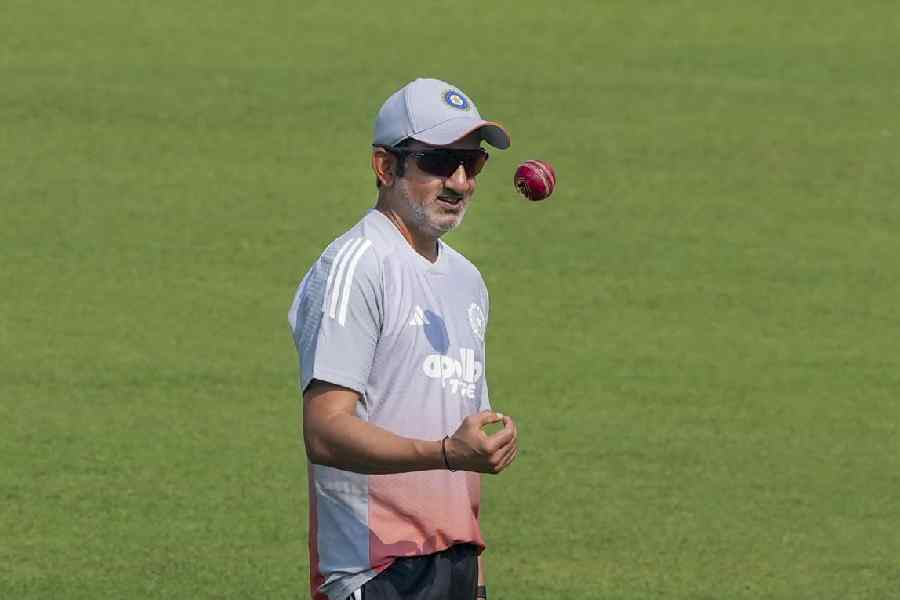The increase in online commercial sexual services has led to a rise in the number of “faceless” traffickers, according to a study based on victims rescued from Goa in the past five years.
The five-year statistical analysis by Anyay Rahit Zindagi (ARZ) — a Goa NGO appointed a nodal organisation in Goa police’s anti-trafficking unit — suggests the Internet-created anonymity for traffickers and pimps have made it increasingly difficult to track down and arrest them.
“Due to the increase in online commercial sexual activities, the traffickers have become faceless,” says the report based on information gleaned from 353 victims rescued from the coastal state between 2014 and 2019.
The study says 36 per cent of the victims fell prey to traffickers online. The number is reinforced by the fact that 66 per cent of the victims were from urban areas where penetration of the digital media is stronger than in rural belts.
Explaining the modus operandi in Goa, the study says agents and pimps first advertise numbers online. “Once someone calls the number, they verify the person by asking about their Aadhaar number and hotel details,” the report states. Elaborate efforts are made to be sure that person is not a police decoy.
It is only after proper verification that numbers are passed on to the victim who visits the client “at the address provided by him”. “She is expected to collect the money from the client,” the report states.
In the entire process, the trafficker remains anonymous to the client. In case the girl is rescued by the police, the traffickers switch off their mobiles and change SIMs. “It has become increasingly difficult to arrest the person involved in exploitation of the girls,” the report states.
According to the study, the victim is usually paid 10 per cent to 25 per cent of the pay received from the clients.
“The remuneration is fixed for the contract period with the condition that she will entertain a fixed number of clients per day. In case the client(s) are below the number, the client services by her on that day are not counted and she loses money for the day,” the report states.
Most victims from Maharashtra — the state from where the largest number of victims were trafficked to Goa — said they had come on short contracts of one to two weeks for sums of Rs 10,000 to Rs 25,000.
Arun Pandey, director of ARZ, said: “The traffickers are concentrating on urban areas than risk being identified in rural areas. That is, however, not to say that traffickers are not targeting rural areas.”
But awareness seems to making an impact. Niray John Chhetri, general secretary, Mankind in Action for Rural Growth (MARG), a Darjeeling-based NGO working to check trafficking in the hills, said: “We have had instances when young students have actually identified potential online traffickers and even got them arrested.”
MARG has reached out to more than 1,500 students, teachers and cops. “Perhaps, that is why the Goa data suggest there was no case of recovery of residents from the hills in five years,” said Chhetri.










